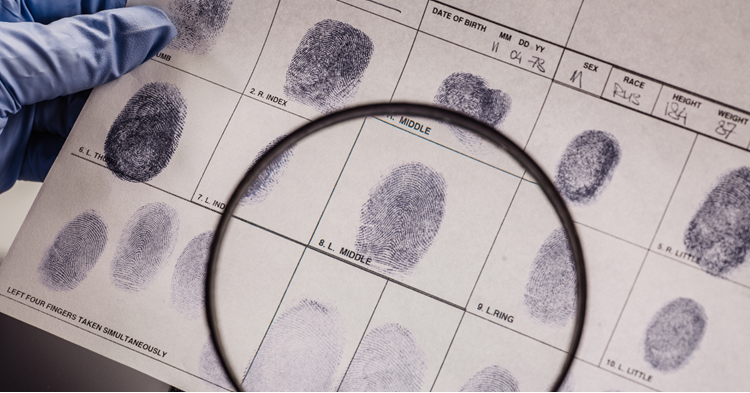FAQS-ON-FINGERPRINT-EXAMINATION

BFI provides hand-on-forensic training as well as online training on forensic document examination to forensic aspirants, lawyers, police officials all over National and at International level. We also provide practical exposure which covers broader aspects of questioned document field as well as other forensic science disciplines.
Our forensic training on fingerprint development and verification enables the forensic aspirants, lawyers, corporate officials, police officials, college students with Bachelors/Masters degree in forensic science or in any other field of life sciences, professional etc.
A candidate with graduation or Post graduation in Forensic Science or in any other field of science is eligible to become fingerprint analyst. One can also become certified fingerprint analyst after completion of fingerprint examination and verification course from any recognized forensic organization.
The role of fingerprint analyst is to develop fingerprint from crime scene by physical or chemical methods. Moreover, the role of fingerprint analyst is to take fingerprints in court (or by court order) and matches with questioned fingerprints. A fingerprint analyst can seek job opportunity in Government Forensic Science Laboratories as well as in Private Forensic Science Organizations or companies. One can also become private fingerprint analyst and can start his/her own practice after successful completion of the course.
Fingerprint examination is the process of analysing, comparing, and identifying fingerprints found at a crime scene. Fingerprints are unique to each individual, which makes them an invaluable tool for forensic investigators to identify suspects or rule out individuals.
No, not all fingerprints are suitable for comparison. For a print to be usable, it needs to have a sufficient number of clear ridges and minutiae points. Prints can be partial, smudged, or incomplete, which may make identification challenging.
The longevity of fingerprints depends on several factors such as the type of surface, environmental conditions (e.g., temperature, humidity), and whether the surface has been disturbed. Under optimal conditions, latent fingerprints can last for years, but in harsher environments, they may degrade more quickly.
No, fingerprint patterns are unique to each individual, including identical twins. Even the prints on different fingers of the same person are distinct from one another.
When done correctly by trained professionals, fingerprint identification is highly accurate. However, like any forensic method, errors can occur due to factors such as poor-quality prints, human error, or misinterpretation. That’s why the fingerprint examination process involves careful scrutiny and often peer review.
In rare cases, people attempt to alter or remove their fingerprints through surgery, burning, or other methods. However, such alterations are usually detectable by forensic examiners as the process often leaves scars or abnormal ridge patterns that can still be identified.
Fingerprints are considered reliable evidence and are often used to support other types of evidence in court. However, experts must testify about their findings, and they are sometimes cross-examined about the accuracy and methods used during the fingerprint analysis.
Yes, it is possible to identify a person using a partial fingerprint, provided it contains enough distinguishing characteristics. However, a complete or nearly complete fingerprint is preferable for the highest accuracy.
The time required for fingerprint analysis varies depending on the complexity of the case and the quality of the prints. In straightforward cases with clear prints, it can take a few hours, but complex cases may require days or even weeks of work.
Yes, once fingerprints are fully formed in utero, they remain consistent throughout a person’s life. Aging does not alter the ridge patterns, though wear and tear over time can cause some minor changes in appearance.
Yes, fingerprints are often used in civil cases or for identification purposes in situations such as missing persons cases, disaster victim identification, and background checks for employment or security clearance.
While fingerprints are a powerful tool, they do have limitations. For example:
Not all surfaces are conducive to leaving or recovering prints.
Environmental conditions can affect the quality of the prints.
Poor quality or partial prints may not provide sufficient detail for identification.
Errors in collection or analysis can lead to incorrect conclusions.
